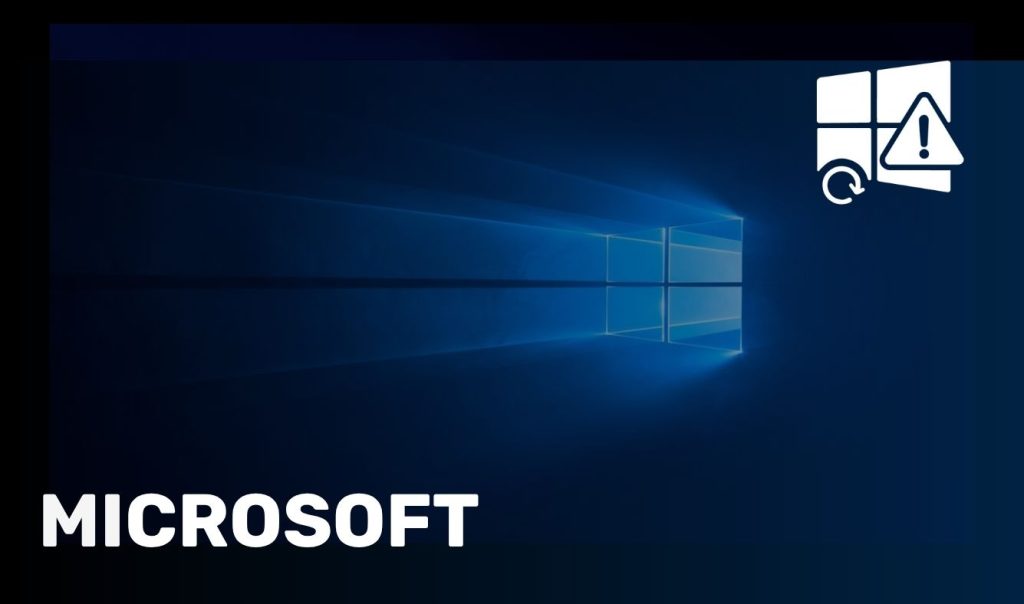Now a days, cybersecurity is not just a concern for IT departments; it’s a critical aspect of everyday life, especially in educational institutions where information flows freely among students and staff.
This blog post carefully crafted by Creative Networks explains the essentials of phishing, a predominant online scam tactic, and provides practical advice for educating students and staff on how to identify online scams and cyber threats.

Understanding Phishing: The Basics
Phishing is a sophisticated cyber deception tactic where scammers impersonate trusted entities to trick individuals into revealing sensitive information such as login credentials, financial details, and personal data.
These phishing attempts commonly occur through emails designed to mimic legitimate communications from reputable organisations but can also spread via social media messages, text messages, and fake websites.
The goal is to exploit the victim’s trust, using urgent or alarming language to provoke an immediate response, leading to potential data breaches, financial loss, and identity theft.
Understanding the nature of these attacks and remaining vigilant is crucial in protecting oneself from falling victim to such deceptive practises.
Common Signs of Phishing Attempts
- Suspicious Email Addresses and Links: Check the sender’s email address for subtle misspellings or unusual domains. Hover over any links (without clicking) to preview the URL and ensure it leads to a legitimate website.
- Urgent or Threatening Language: Phishing emails often create a sense of urgency or invoke fear, prompting immediate action. Be wary of emails demanding urgent password changes or account verifications.
- Requests for Sensitive Information: Legitimate organisations rarely ask for sensitive information via email. Be sceptical of any message requesting personal or financial details.
- Generic Greetings: Phishing emails often use generic greetings like “Dear User” instead of your real name, indicating a mass-generated scam attempt.
- Unsolicited Attachments: Unexpected email attachments, especially from unknown senders, are a red flag. They can contain malware or spyware.
Educating Students and Staff on How to Identify Online Scams
Fostering Cybersecurity Awareness Among Students and Staff
Educating students and staff on recognising and responding to phishing scams is crucial in creating a secure academic environment.
Here are comprehensive strategies to enhance awareness and foster a culture of cybersecurity vigilance within educational institutions.
Conduct Interactive Workshops and Seminars
- Engage with Real-World Scenarios: Utilise actual examples of phishing attempts to demonstrate their variety and sophistication. Real-life case studies make the threat more relatable and the lessons more memorable.
- Promote Active Participation: Encourage attendees to share their experiences and thoughts on phishing attempts they’ve encountered, fostering a collaborative learning environment.
Maintain Regular Updates and Communications
- Cybersecurity Newsletters: Distribute monthly or quarterly newsletters that detail recent phishing incidents, spotlight emerging threats, and provide practical advice for staying safe online.
- Awareness Campaigns: Launch periodic campaigns focusing on specific aspects of cybersecurity, such as password hygiene or secure browsing practises, to keep the topic fresh and engaging.
Implement Simulated Phishing Exercises
- Practical Learning: Simulate phishing attacks to give students and staff hands-on experience in identifying suspicious emails. This practical approach helps solidify theoretical knowledge.
- Post-Exercise Analysis: Review the results of these simulations in follow-up sessions, discussing the indicators that helped identify the phishing attempts and areas where participants struggled.
Cultivate a Reporting Culture
- Simplify Reporting Mechanisms: Ensure there are easy-to-use channels for reporting suspected phishing attempts, whether through a dedicated email address, an online form, or a reporting button within email platforms.
- Positive Reinforcement: Acknowledge and, where appropriate, reward the proactive reporting of phishing attempts to encourage this behaviour and reduce hesitation or fear of embarrassment.
Leverage Technological Solutions
- Email Filtering Tools: Deploy advanced email filtering solutions that can detect and quarantine phishing emails before they reach end-users, reducing the chances of successful scams.
- Regular Software Updates and Antivirus Protection: Emphasise the importance of keeping all software up to date, including antivirus programmes, to defend against the latest phishing techniques and malware.
By integrating these strategies into the cybersecurity awareness programmes of educational institutions, students and staff can become more adept at recognising and thwarting phishing attempts. This proactive approach not only protects individual users but also fortifies the institution’s overall cybersecurity posture.
Phishing scams pose a significant threat to the security of educational institutions. By educating students and staff about how to identify online scams and phishing and fostering a culture of cybersecurity awareness, schools and universities can significantly reduce their vulnerability to these online scams. Remember, awareness and education are the most potent weapons in the fight against cyber threats.
Empowering Your Educational Community to Outsmart Cyber Threats
Empower your educational community with the knowledge and tools needed to combat phishing and other cyber threats.
At Creative Networks, we specialise in Tailored Cybersecurity Training and Solutions designed to protect your students, staff, and data. Don’t wait for a cyber incident to occur; take proactive steps now to secure your digital environment.
Contact Creative Networks Today
Explore our Comprehensive Cybersecurity Services and schedule a workshop or seminar tailored to your institution’s needs.
Together, we can create a safer, more informed digital space for everyone in your educational community.





